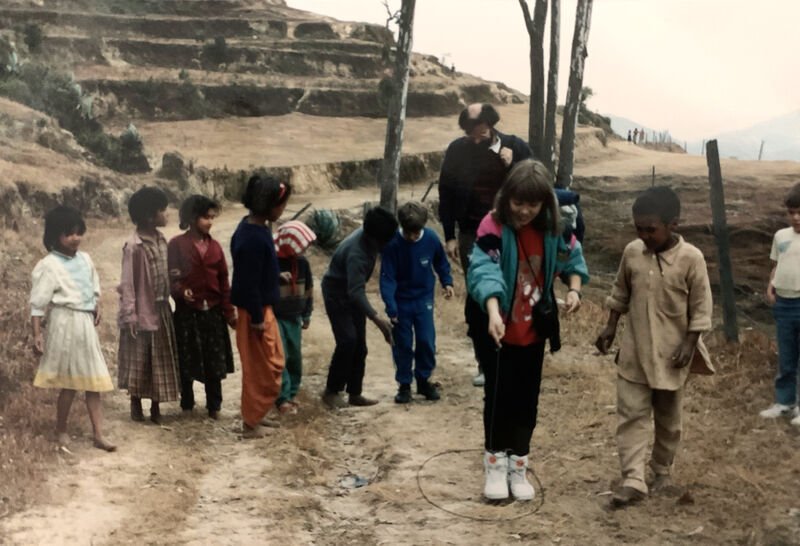Thoughts on people, place and planning
Reflections on the human side of cities — how planning, policy and design can create communities that are connected, inclusive and built to last.
Now available: new insights paper - Planning for neurodiversity
An emerging aspect of planning and design practice is planning for neurodivergent people.
This paper brings together research and lived experience to explore how planners, designers and policymakers can better support neurodivergent communities.
The challenge of measuring what truly matters: why I practice social planning
Those who have heard me speak on why I became a planner know that a trip to Nepal when I was 11 years old was pivotal. Growing up, my dad would take us on holidays off the beaten track, spending time with local people—understanding how they lived and enabling us to experience the sights, smells, and landscapes of other cultures.
These trips had a profound impact on me. They shaped the way I saw the world, ignited my love of human geography, and ultimately led me down the path of social sustainability in which I work today.
Social benefits of schools and how we we do better in 2024
Education has been a somewhat slow evolver in a world that is rapidly changing. Delivery of education and schools is tied up in government processes and embedded practices.
In this piece I've explored how we as social planners and urban designers can have some influence in this space, but ultimately there is a big and complex web that is education and its future.
Planning for older people - promoting wellbeing and longevity
Place is inextricably linked to longevity, and a wellbeing mindset is a crucial part of the longevity puzzle. As planners, human geographers, stakeholder engagement experts, and government officials we have a significant role to play to apply our knowledge to planning our cities, regions and communities for the longevity and wellbeing of older people.
Creating better places for people with neurodiversity
Considering the experiences of all people, and being inclusive in the way we plan and design is essential. We need to not just plan for ourselves and our own preferences, but think about all people, and include them in the design process from the start. If we don’t design inclusively, we are designing for a narrow portion of the population and further entrenching our inherent biases and the status quo.
Planning and designing better places includes designing for neurodiversity, and is an important step to a more inclusive and considerate world.







